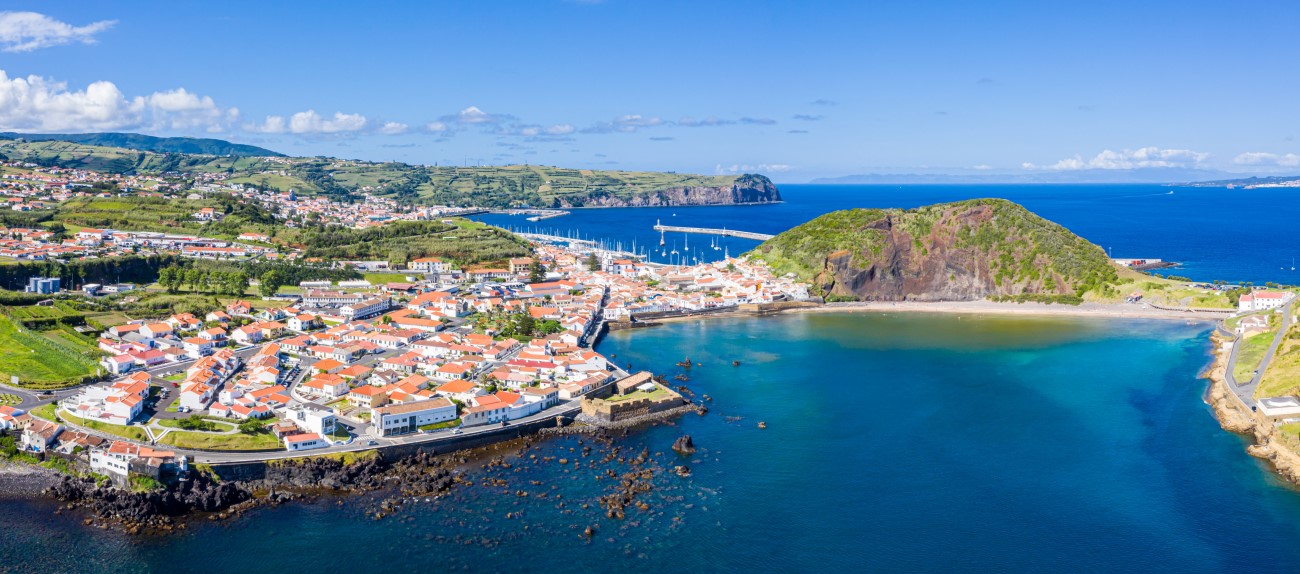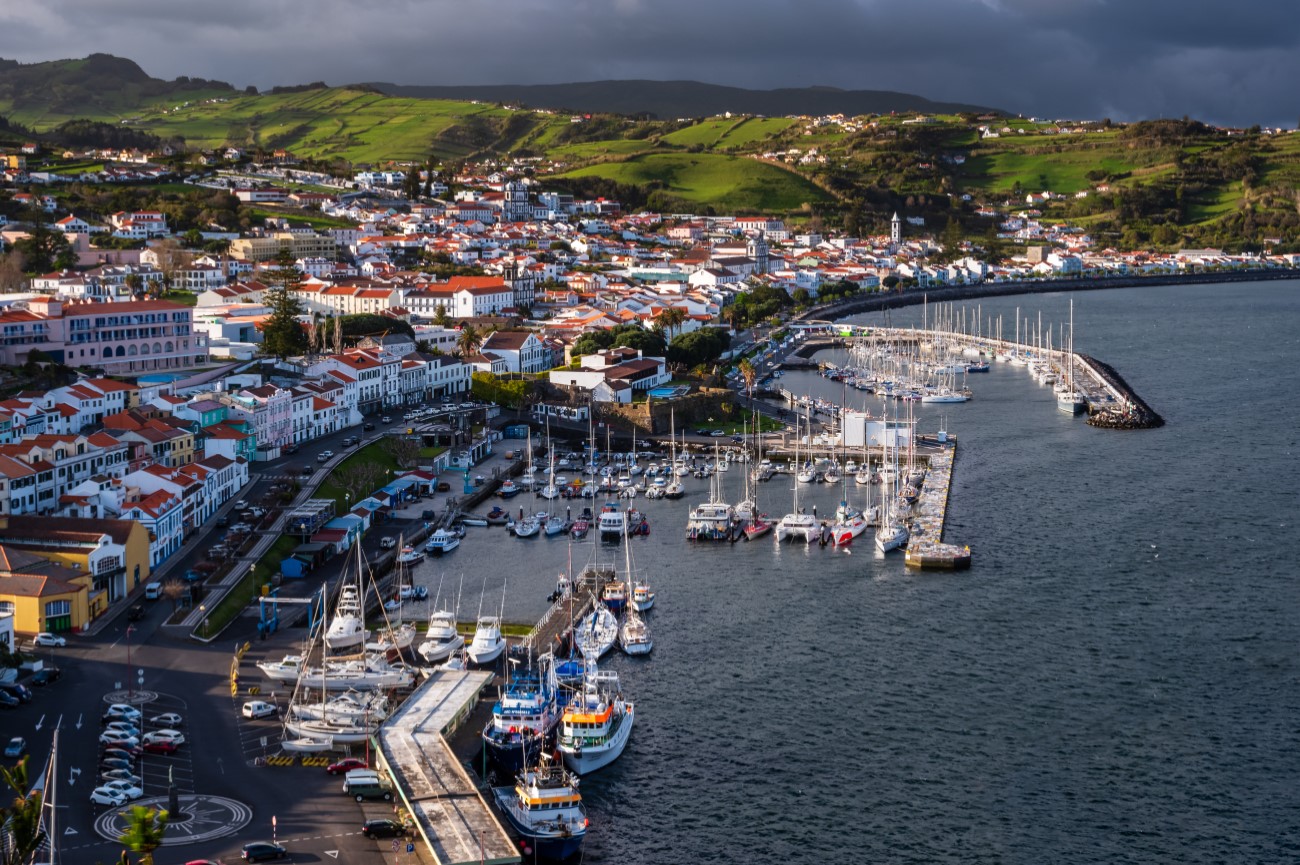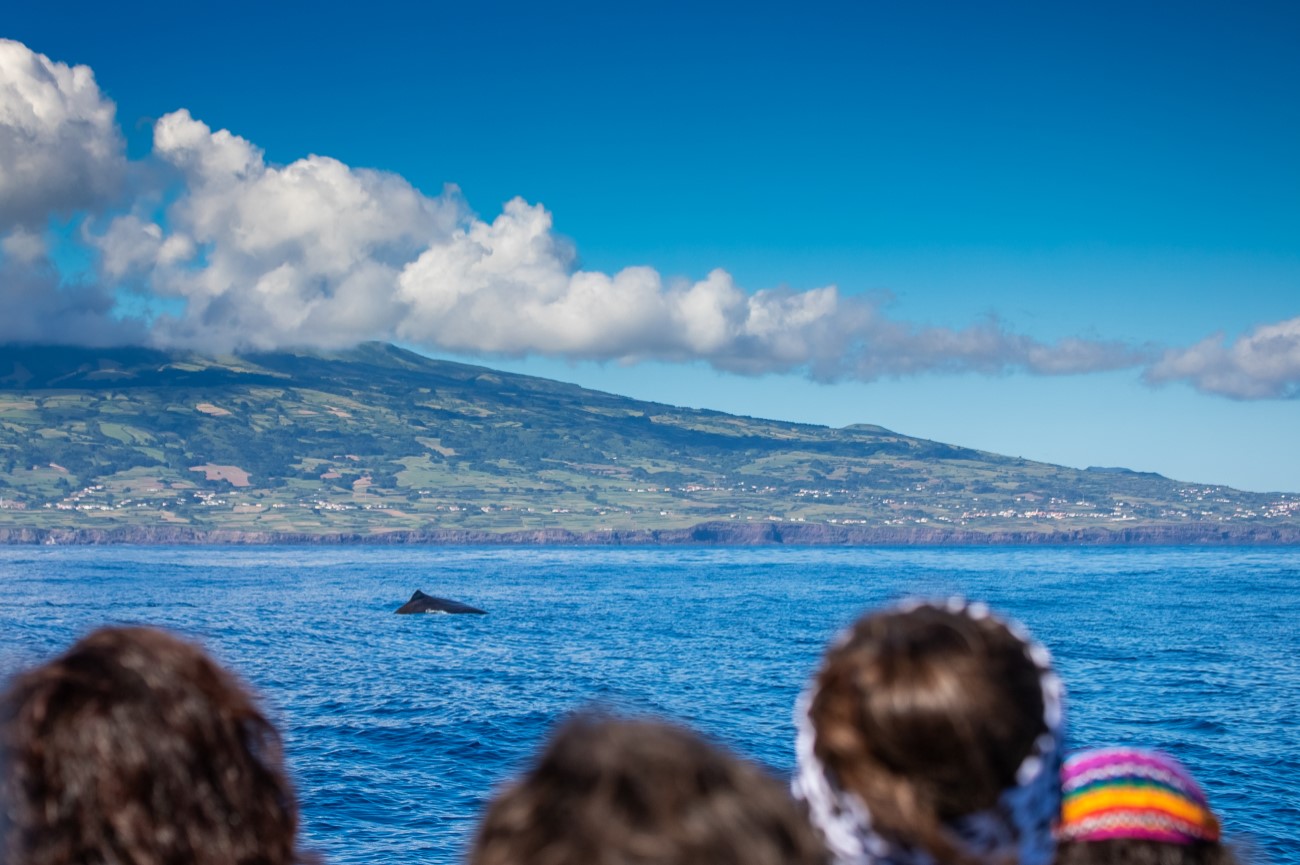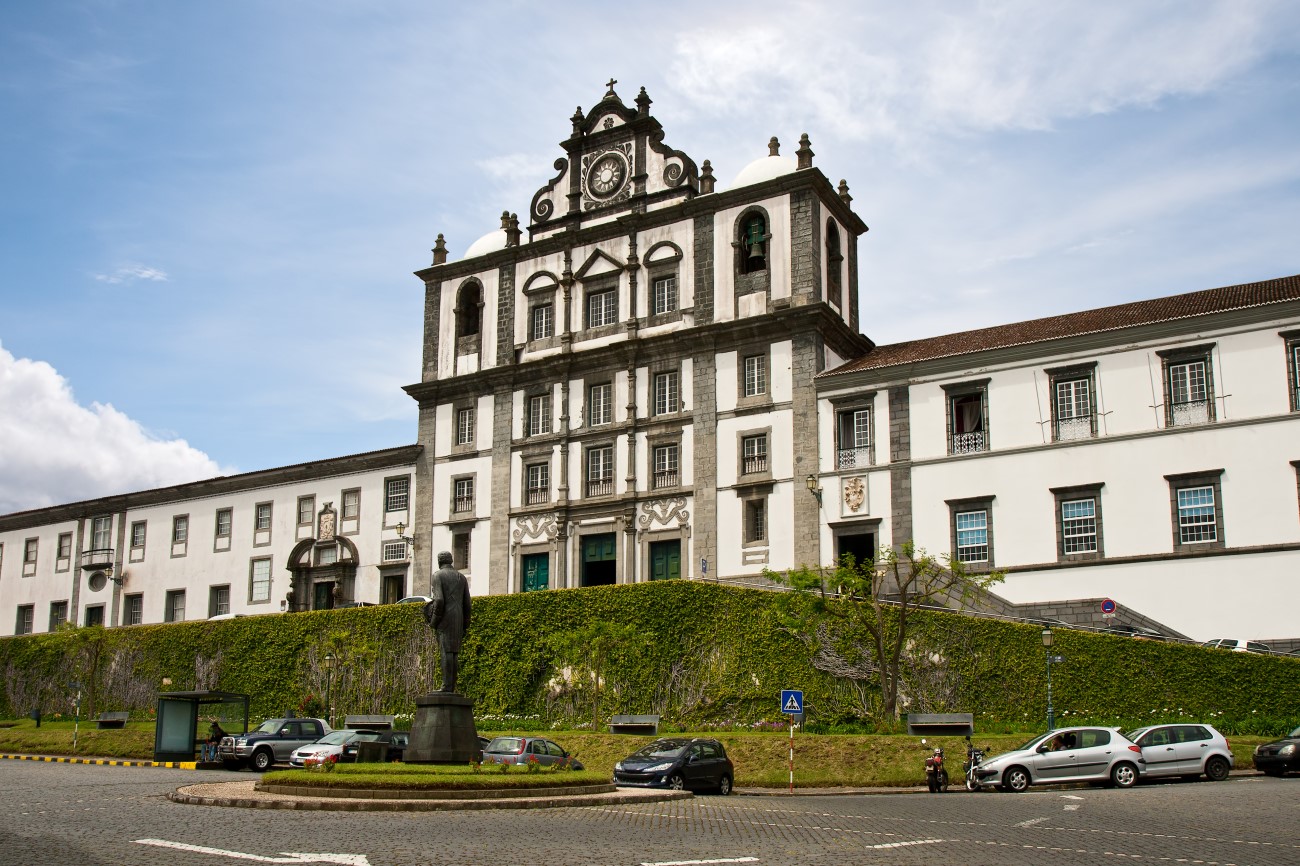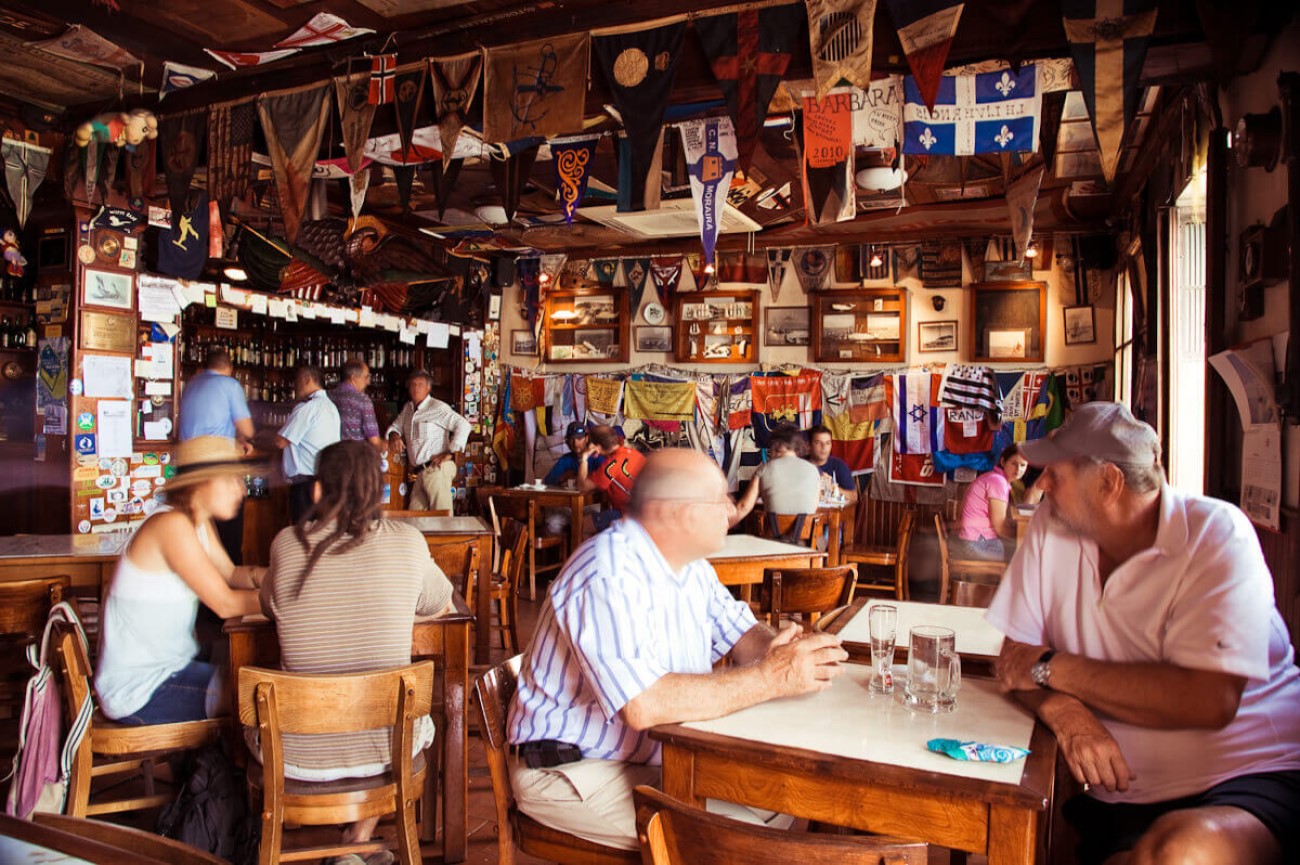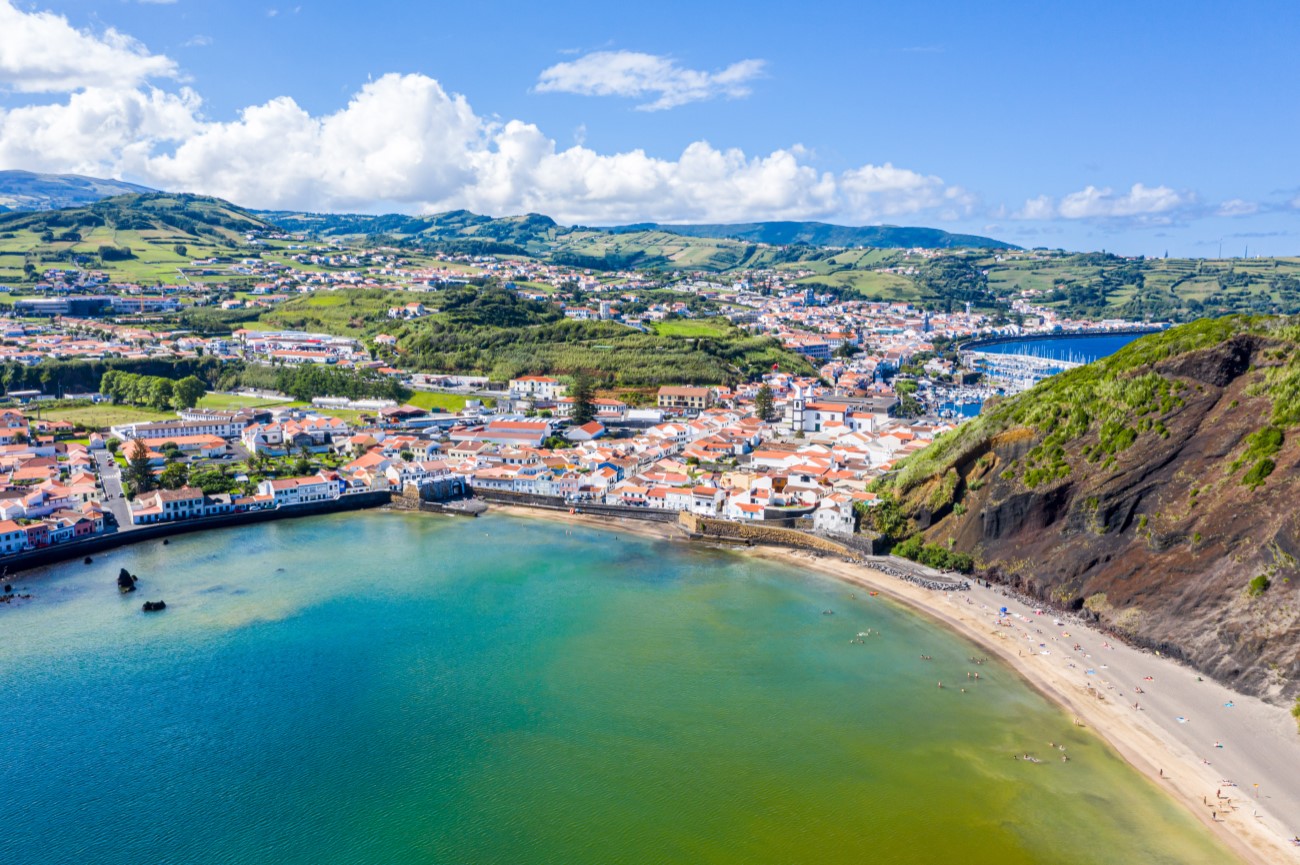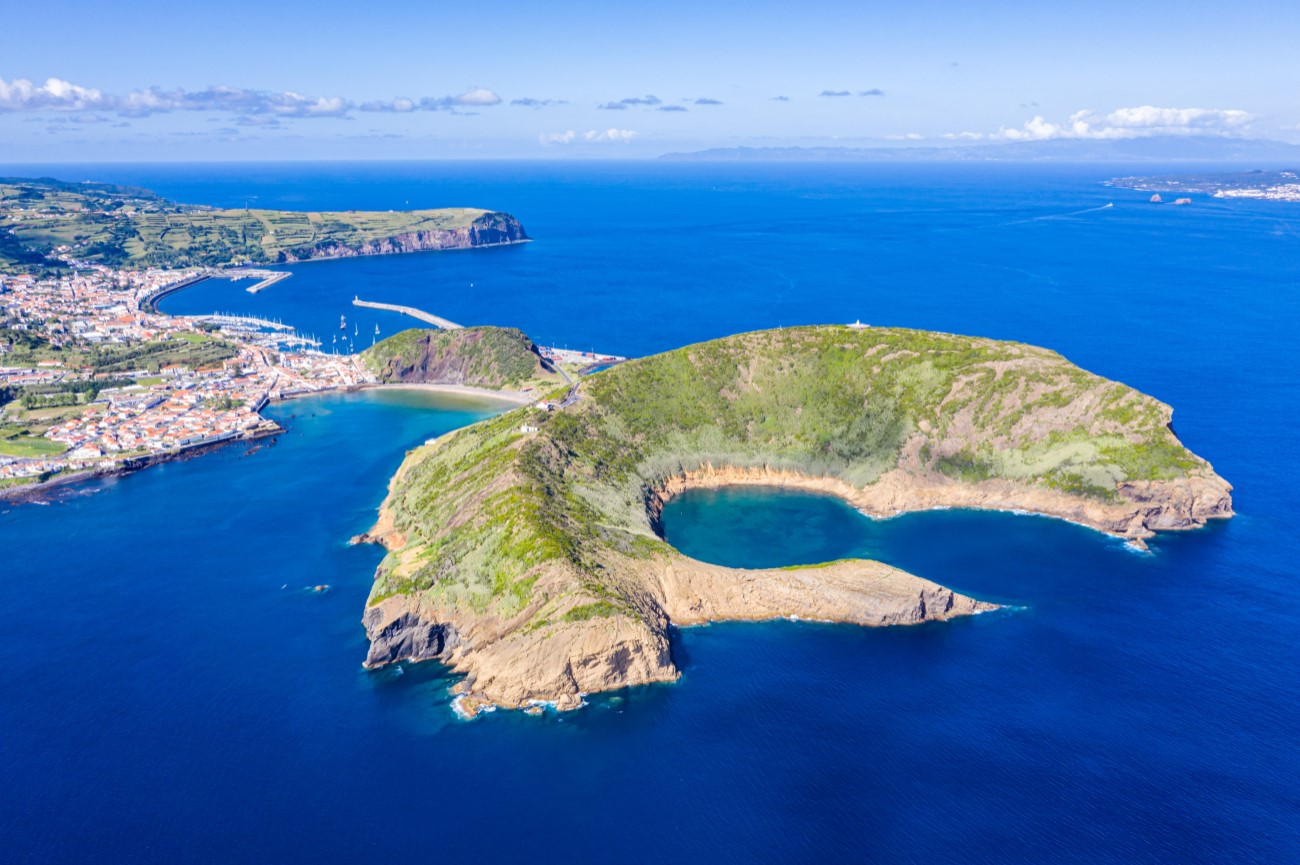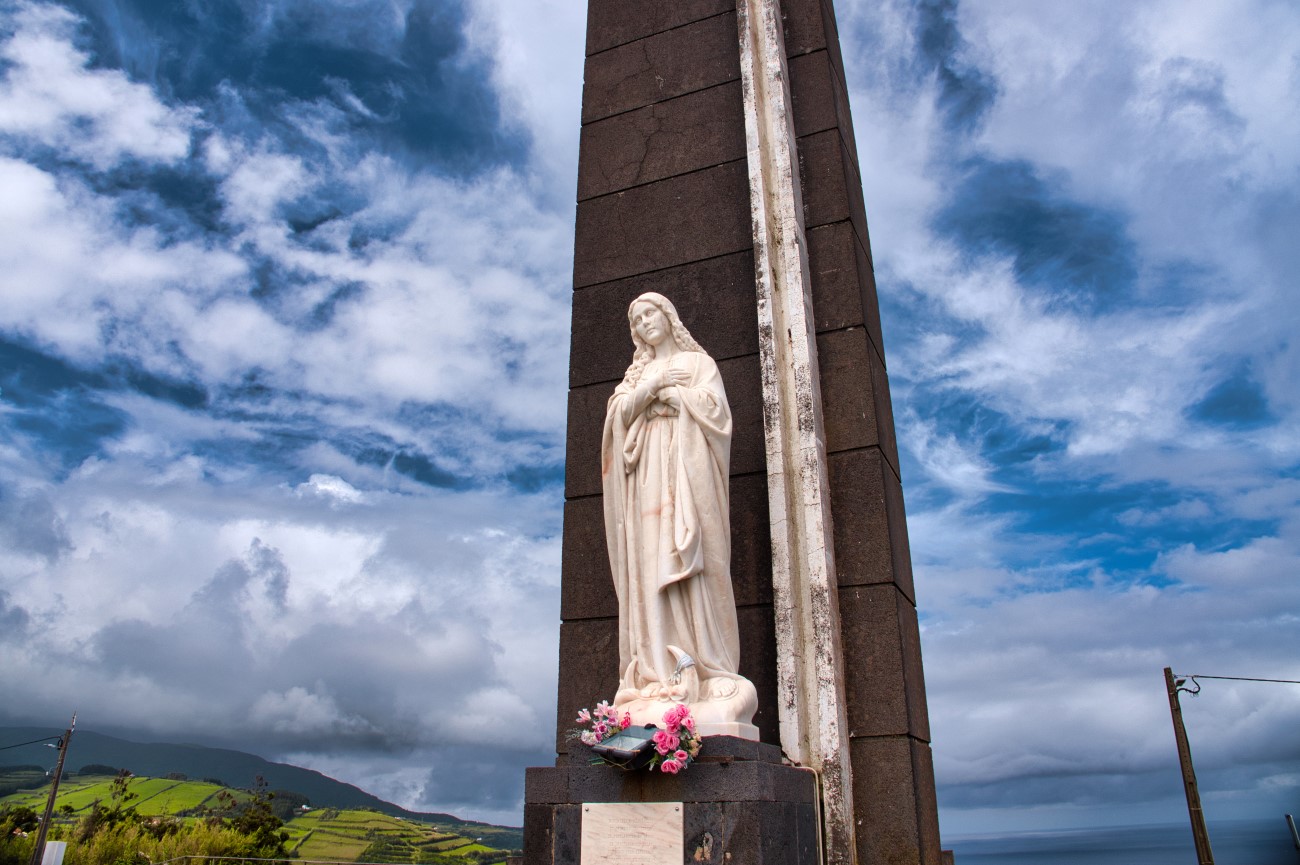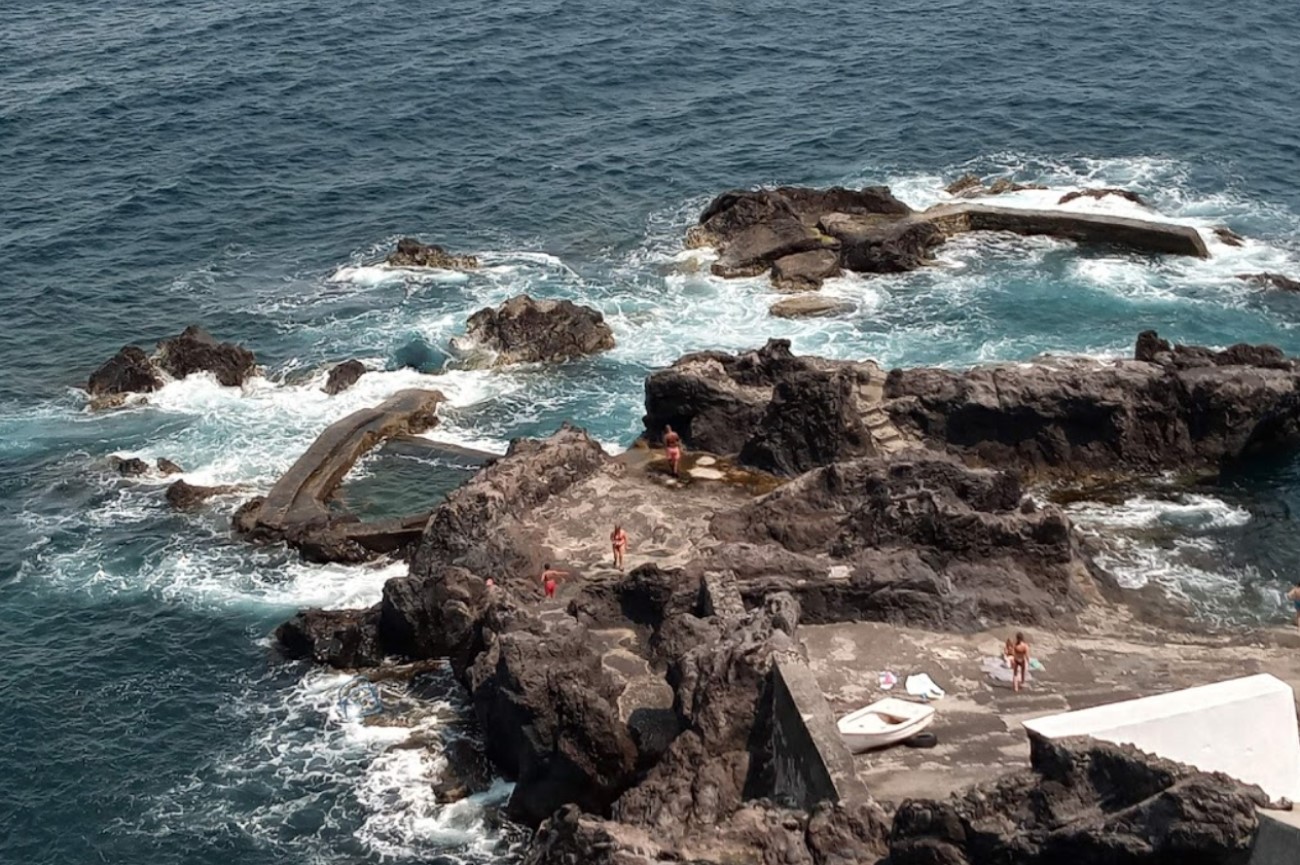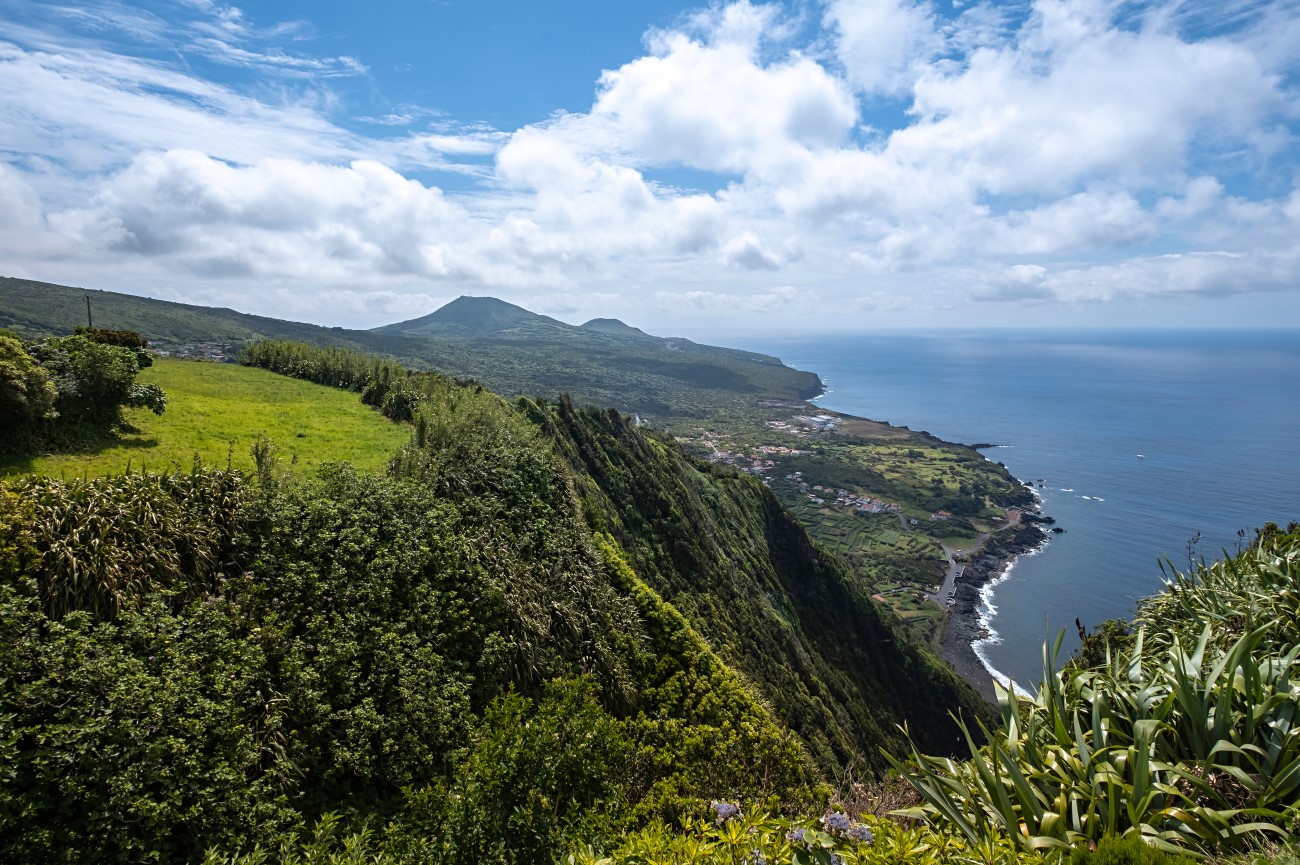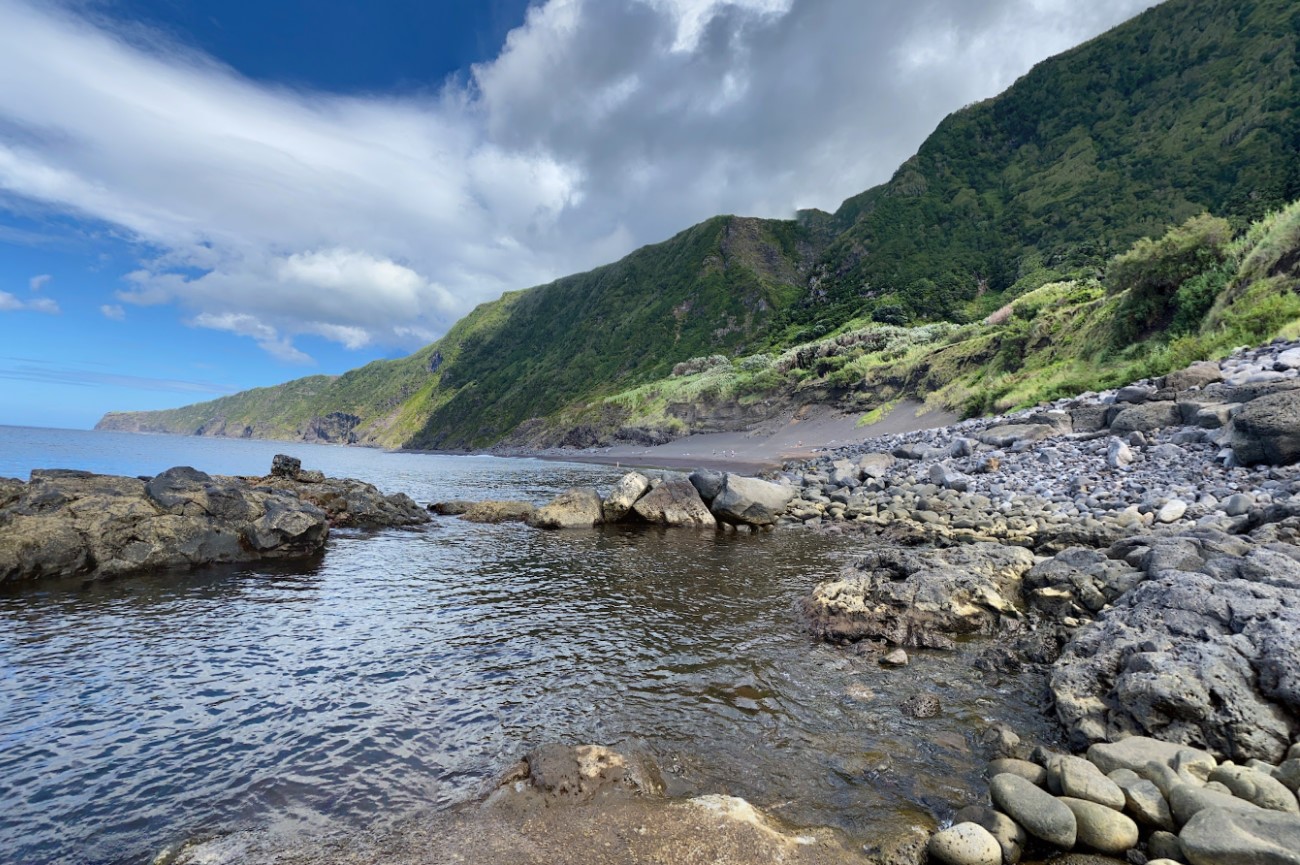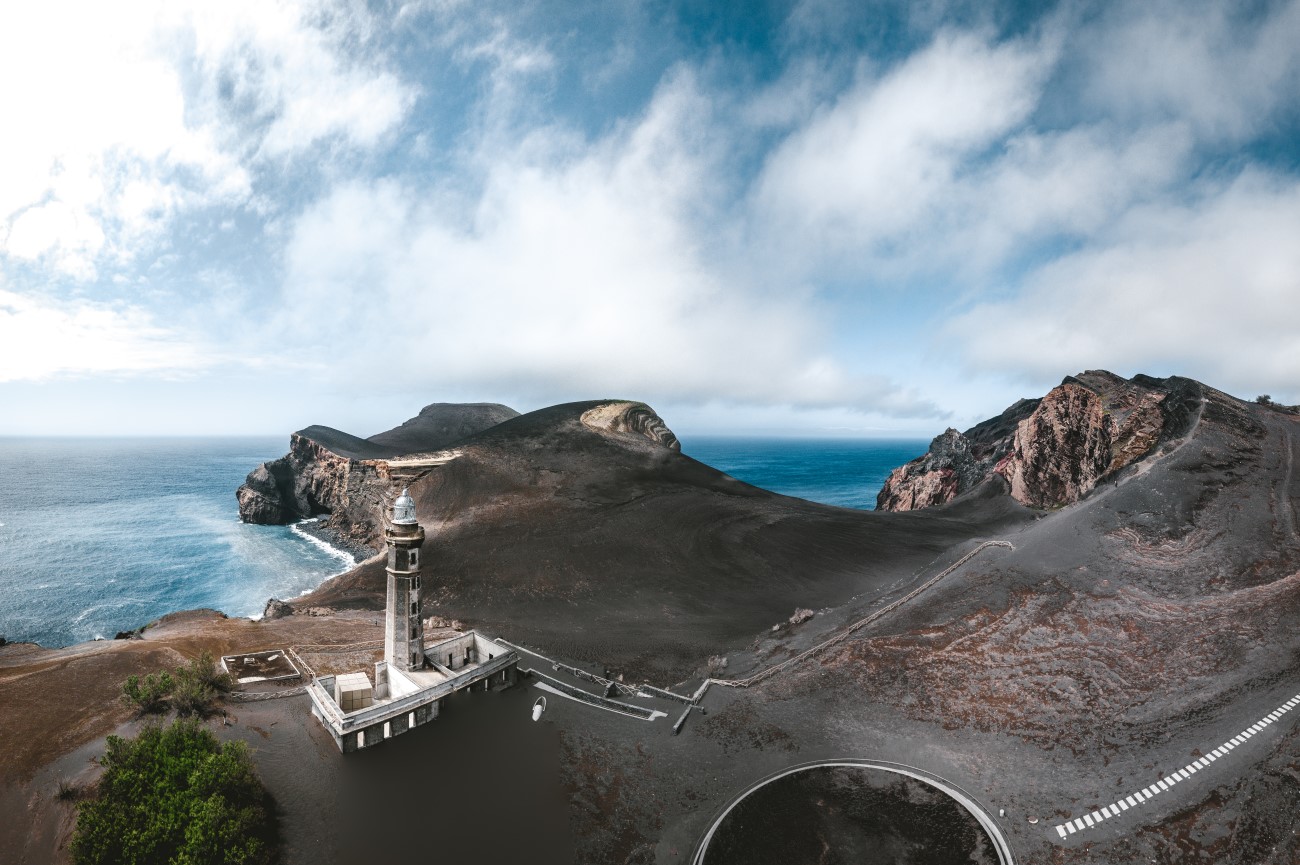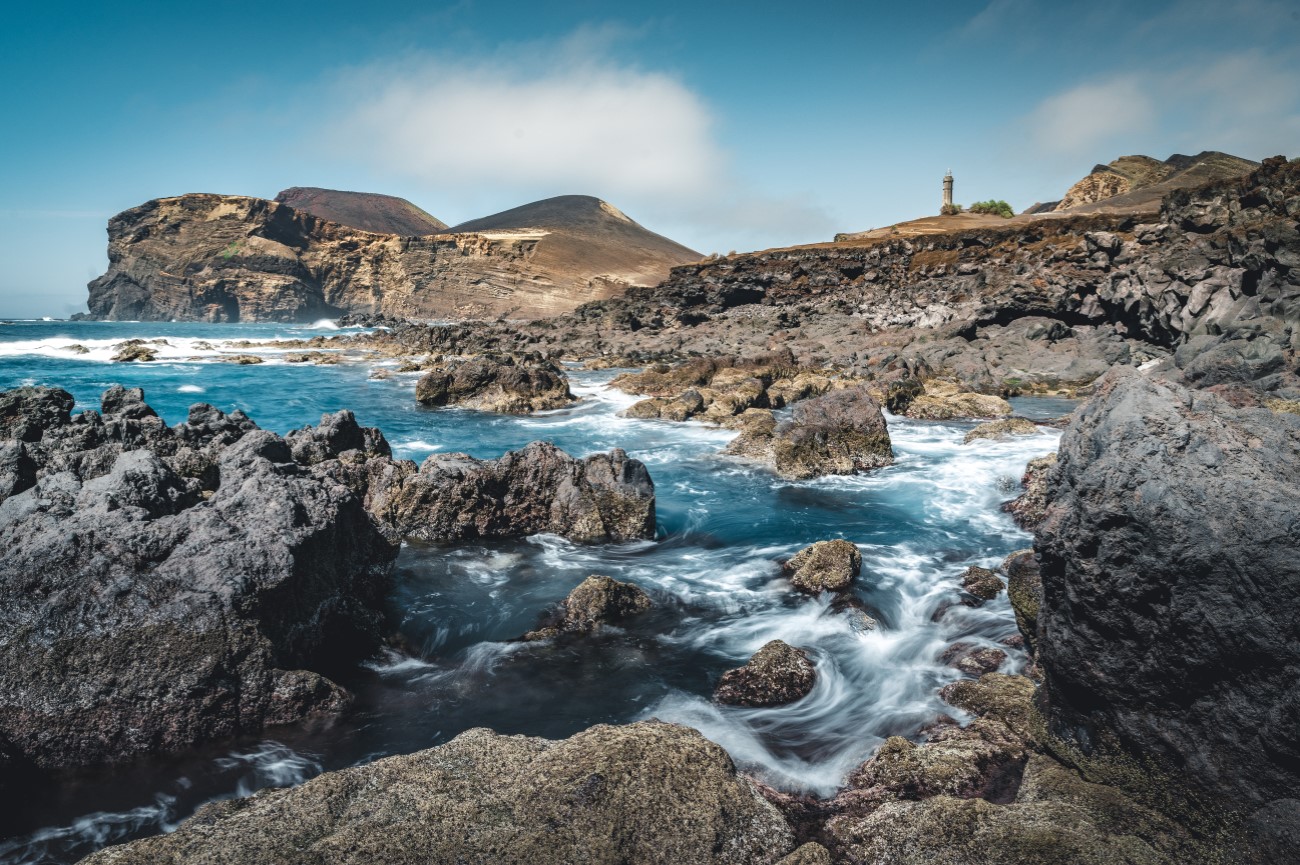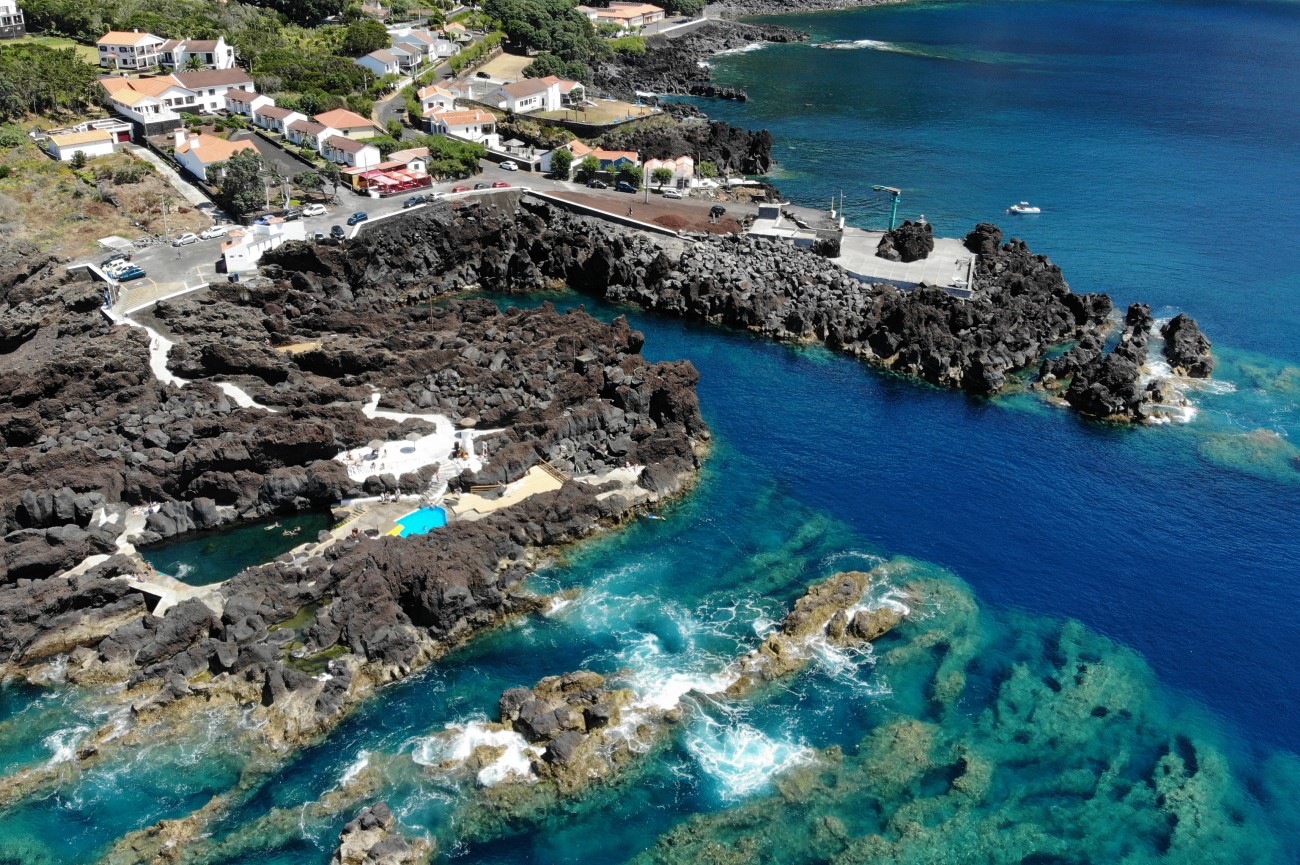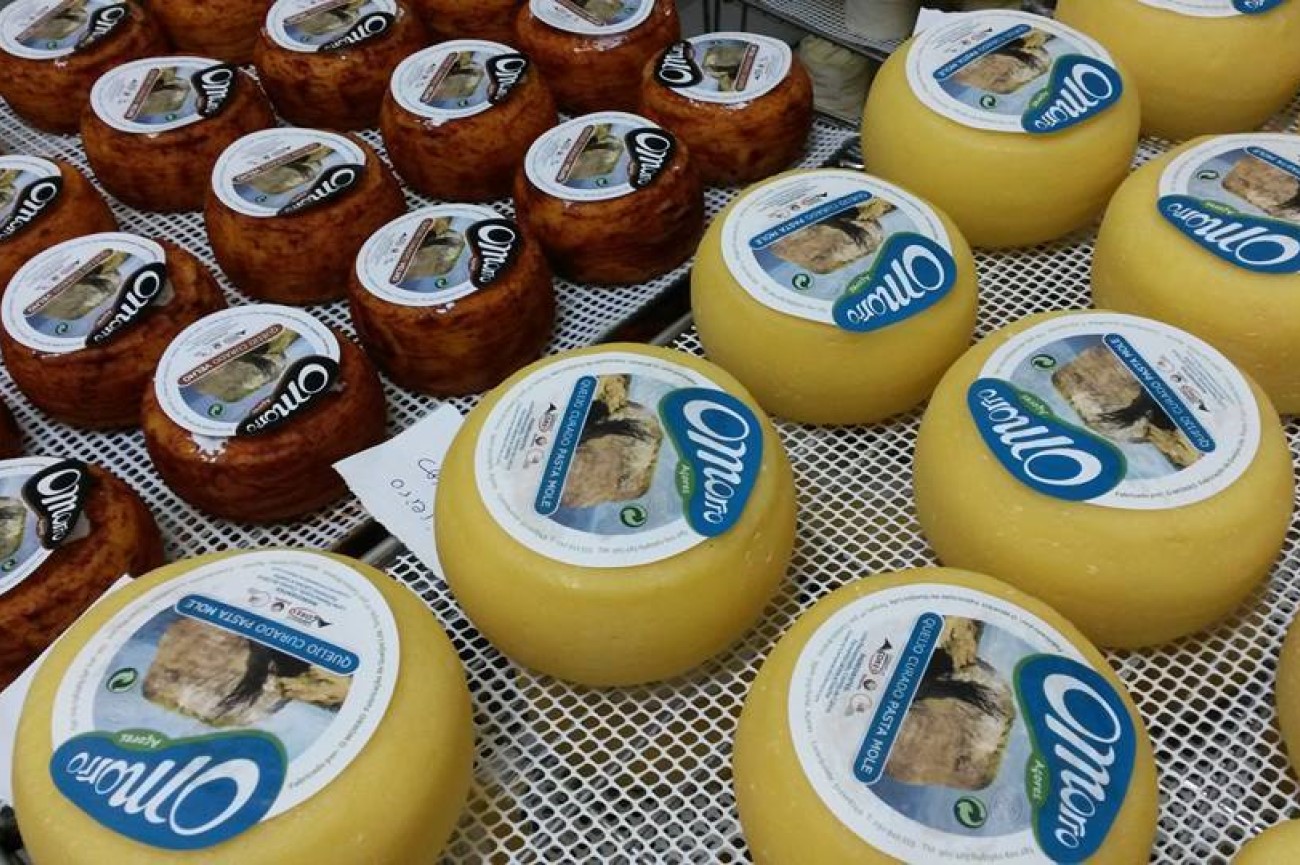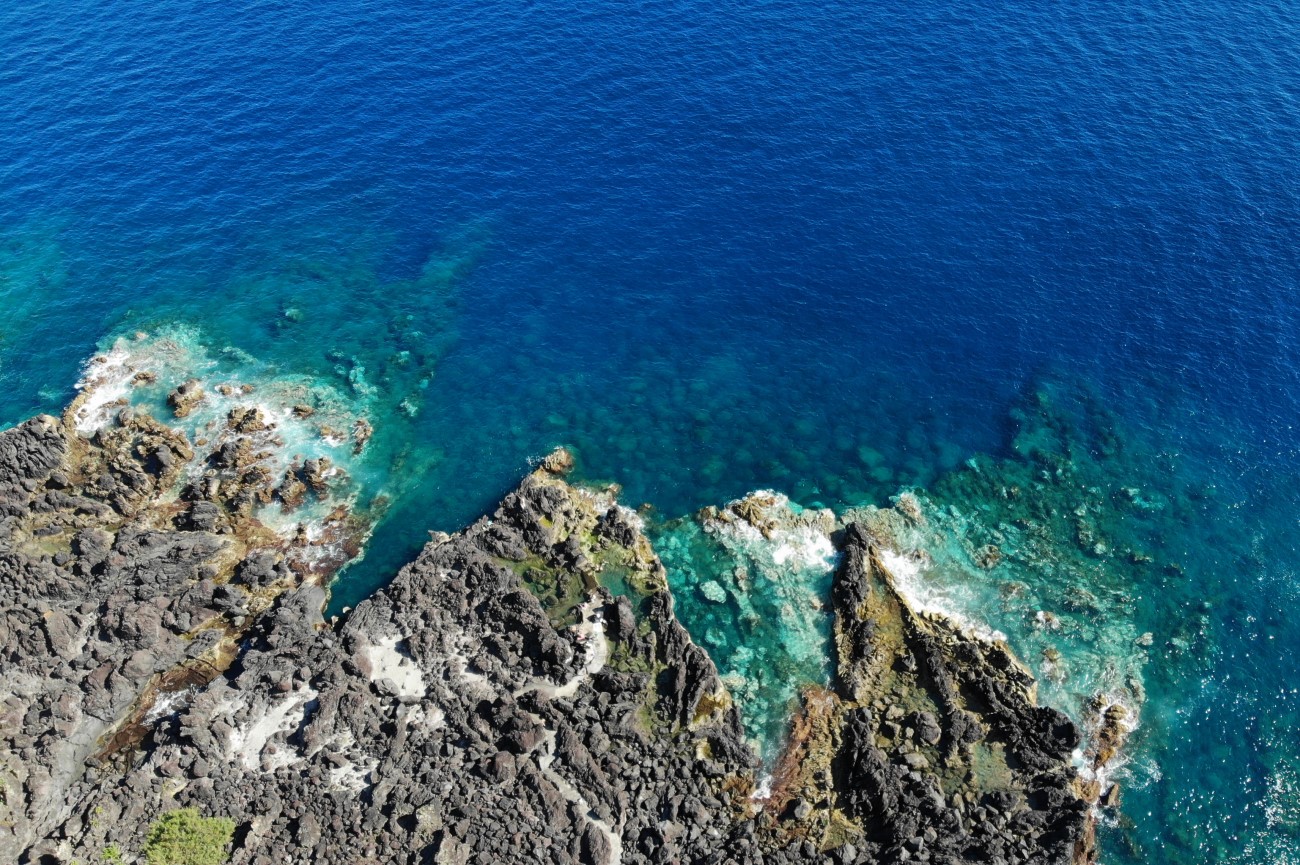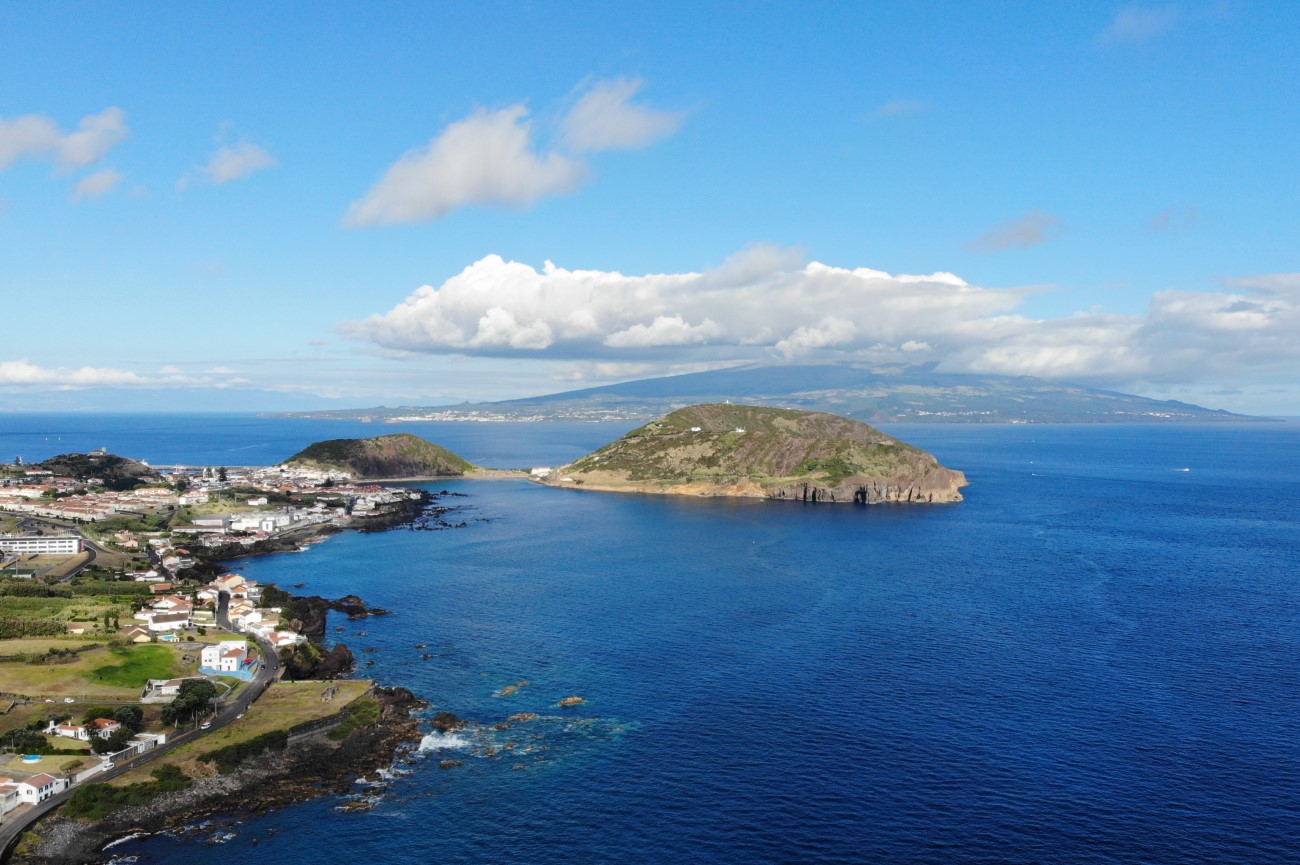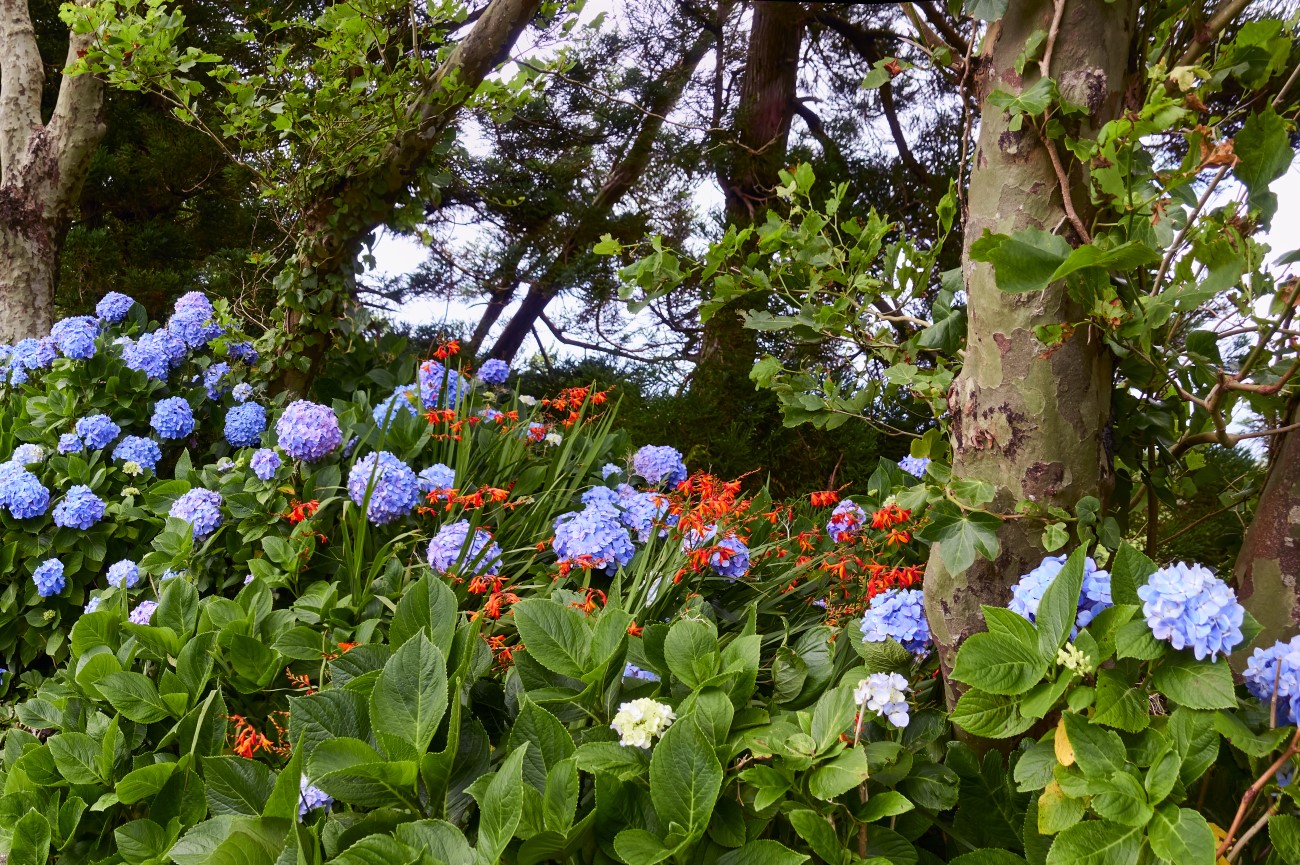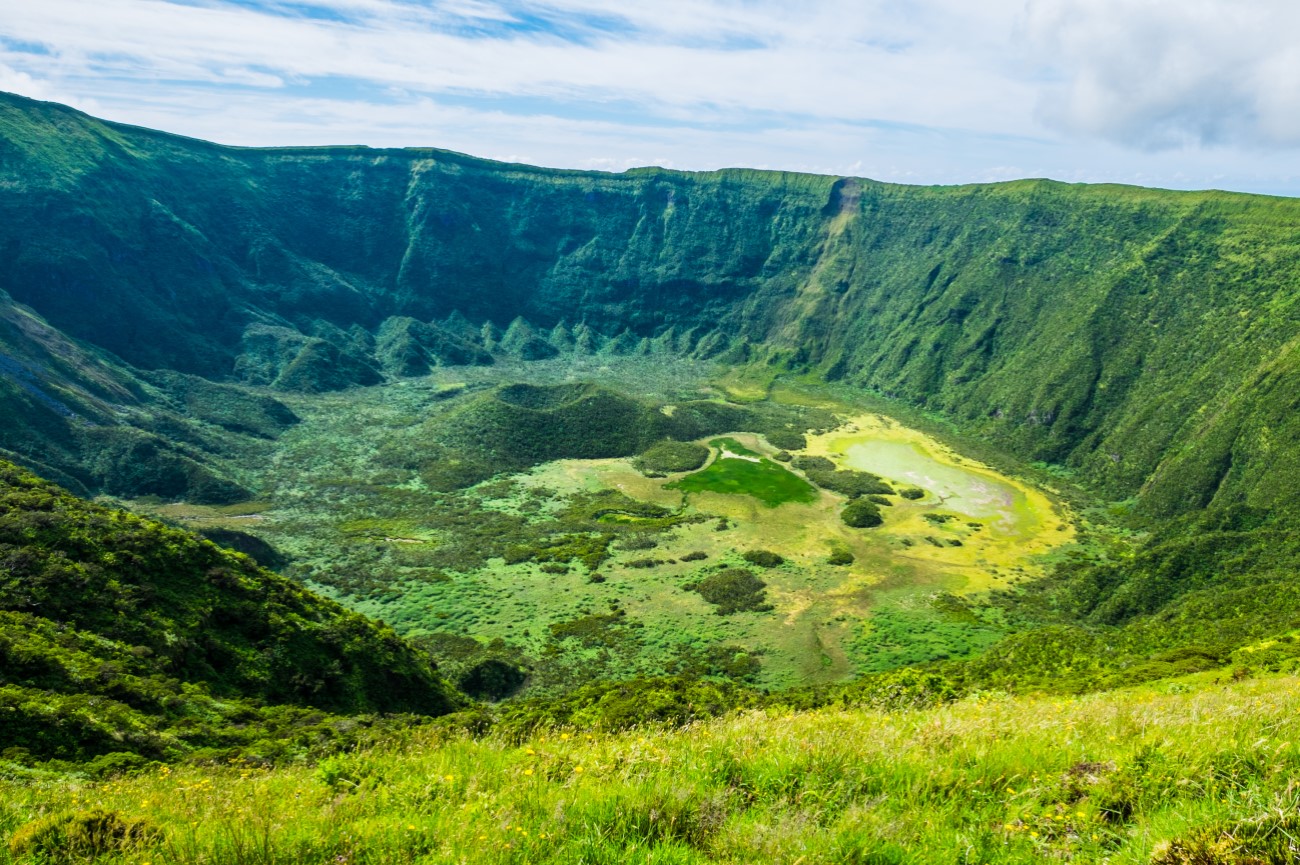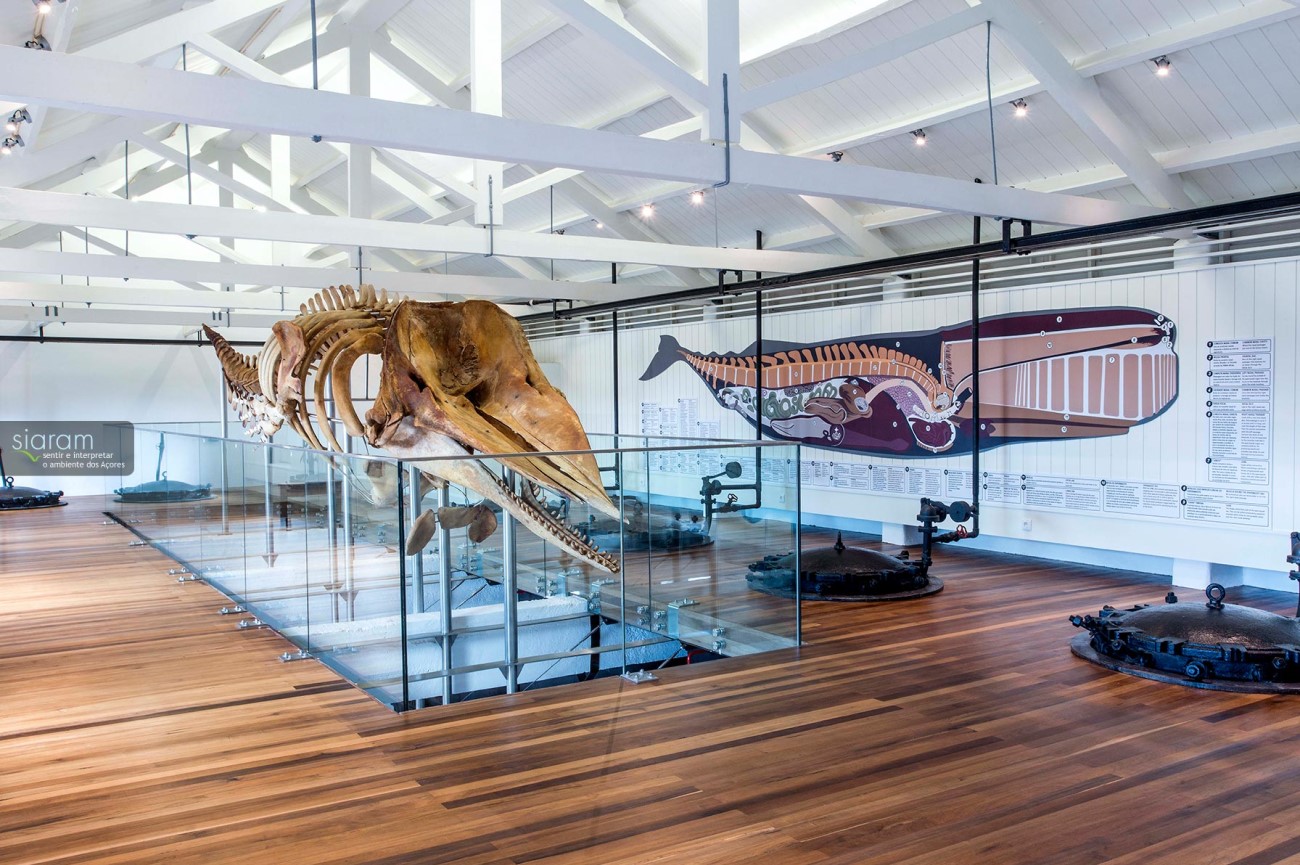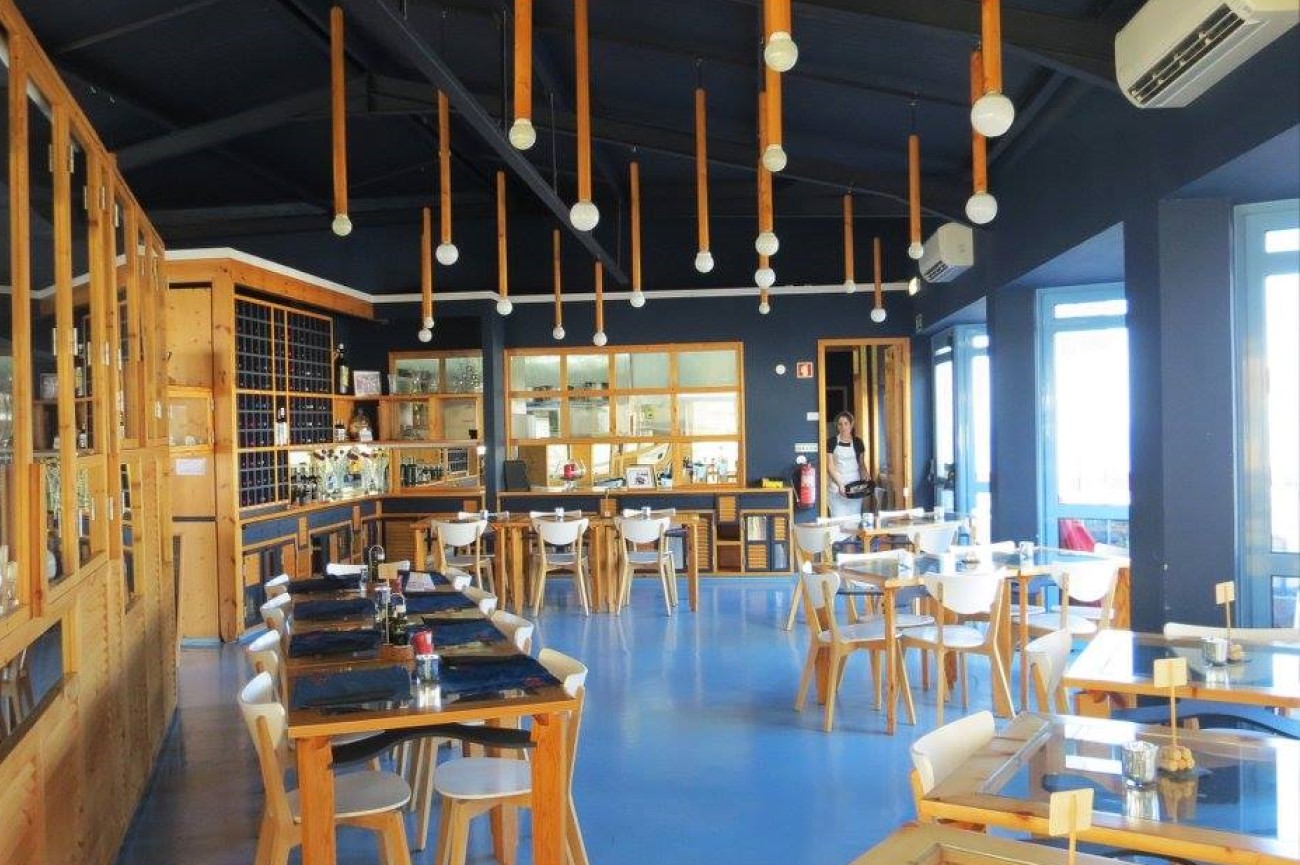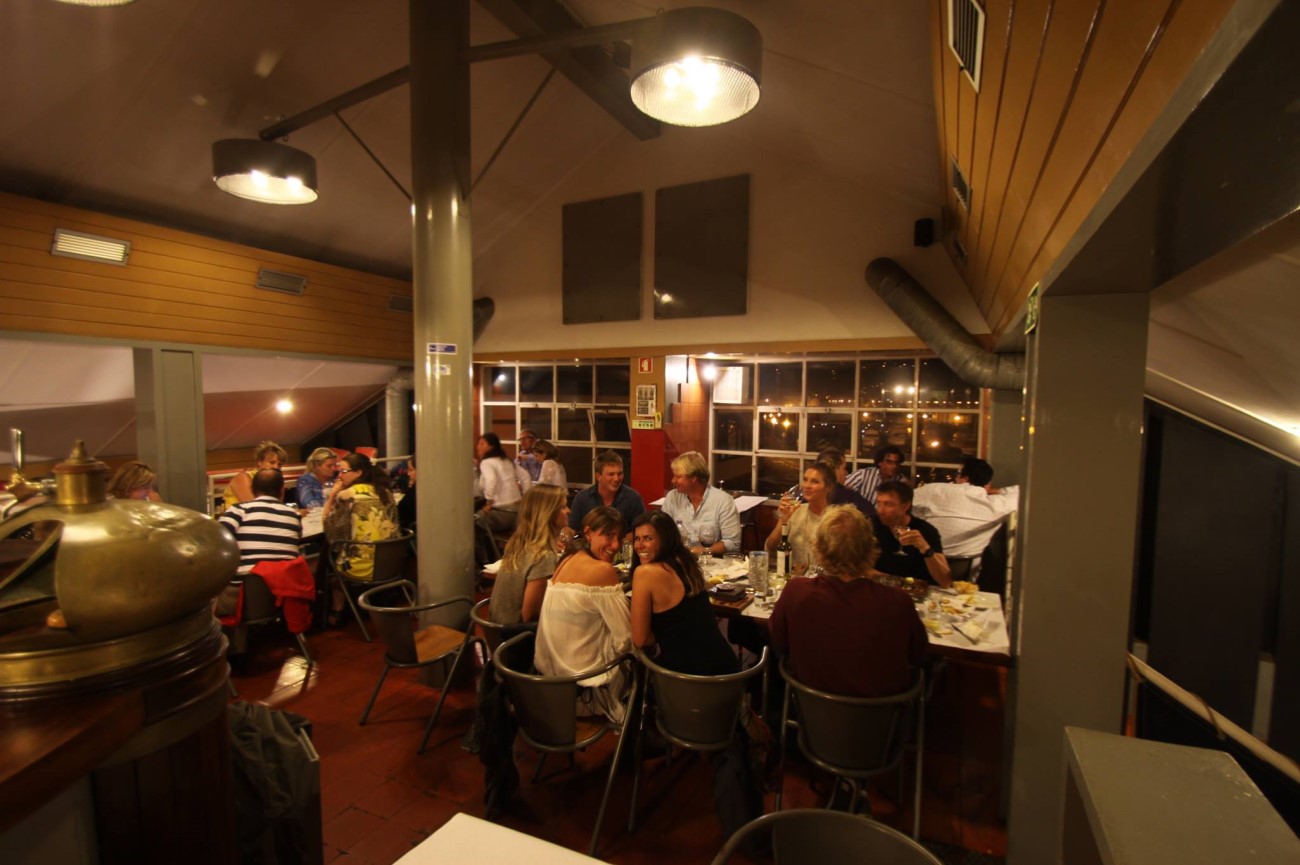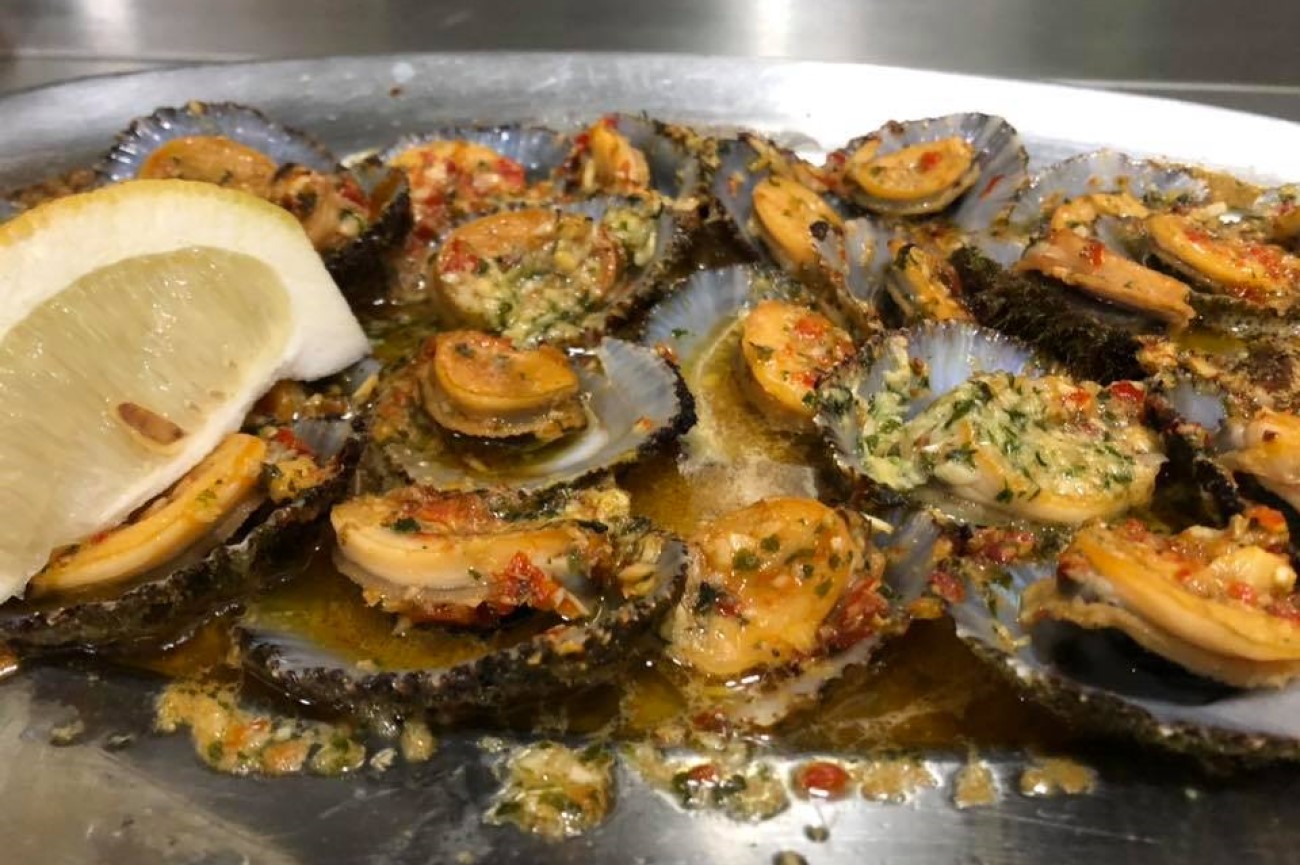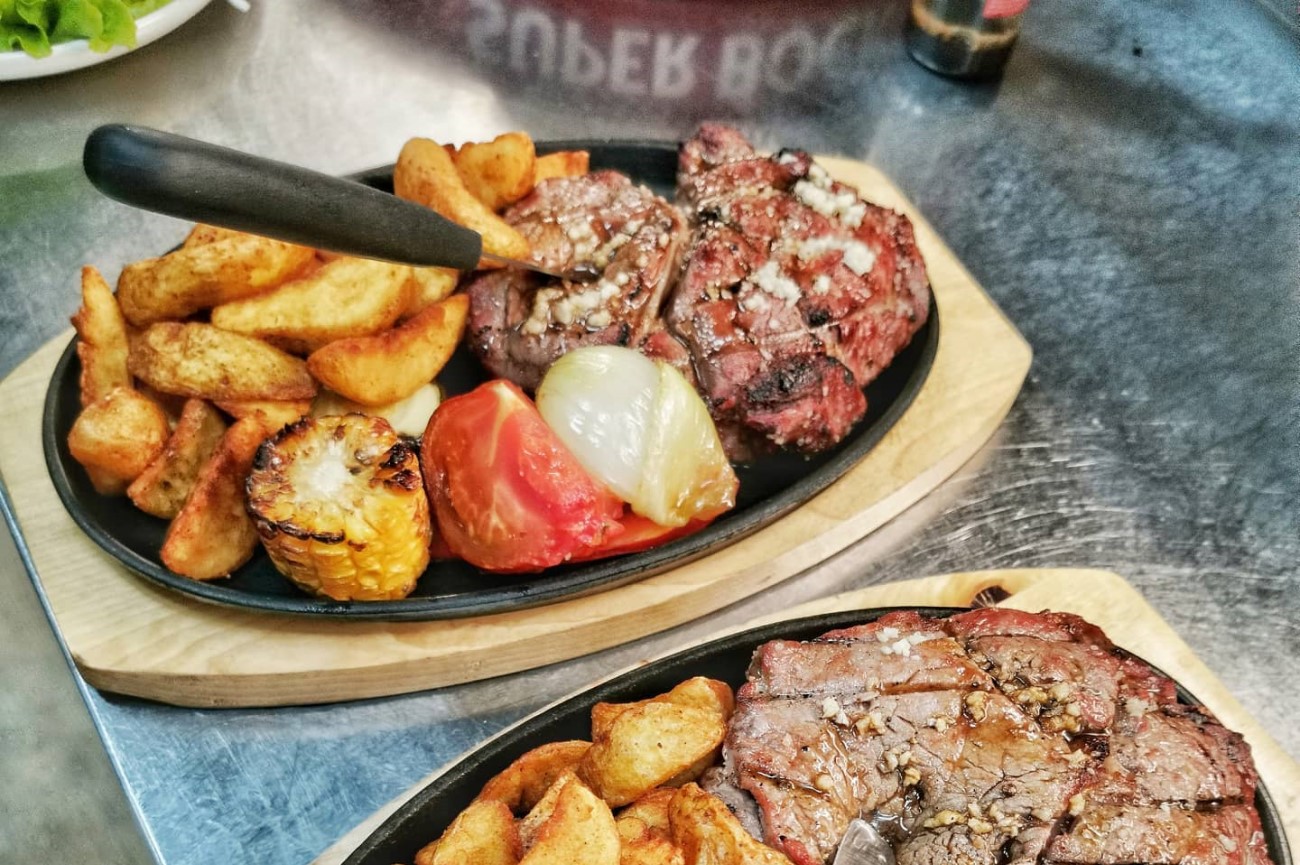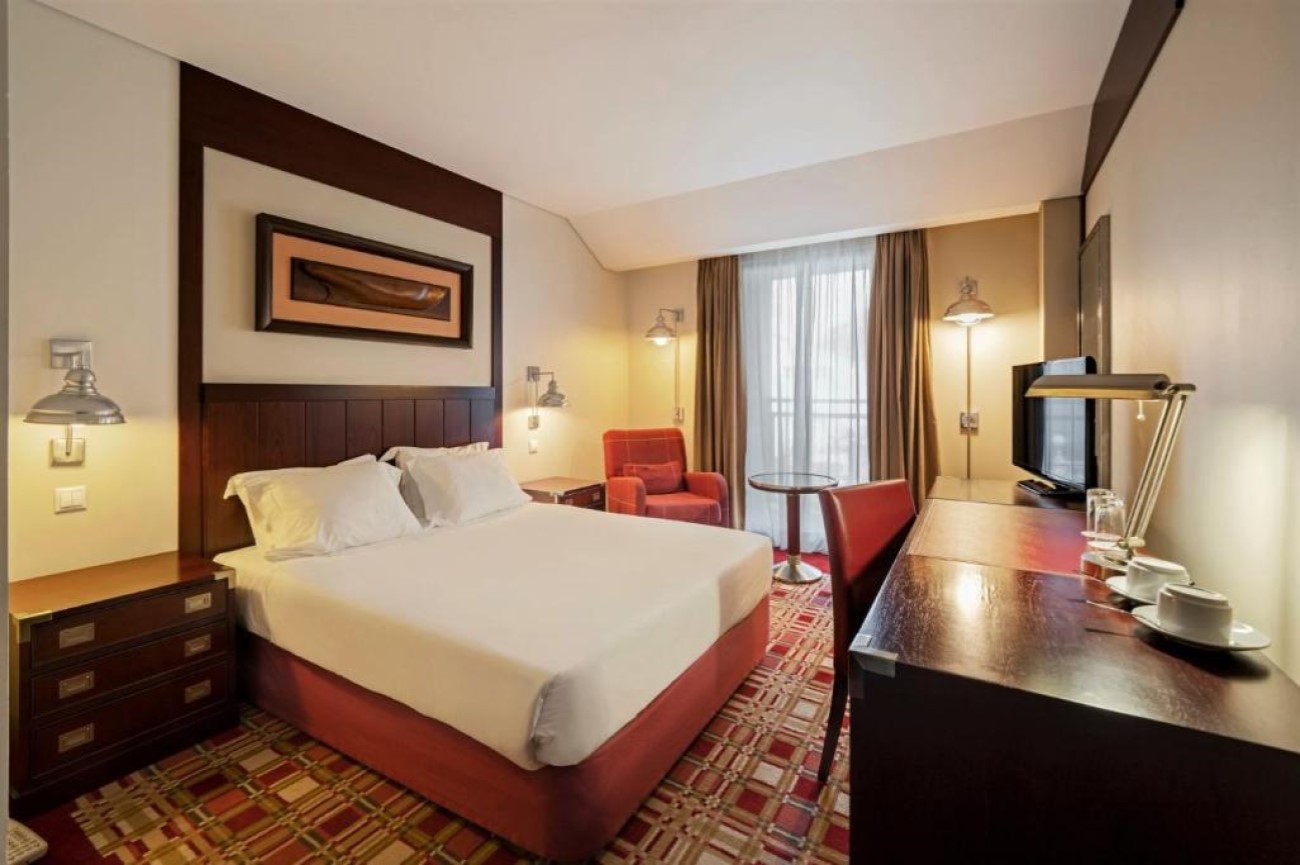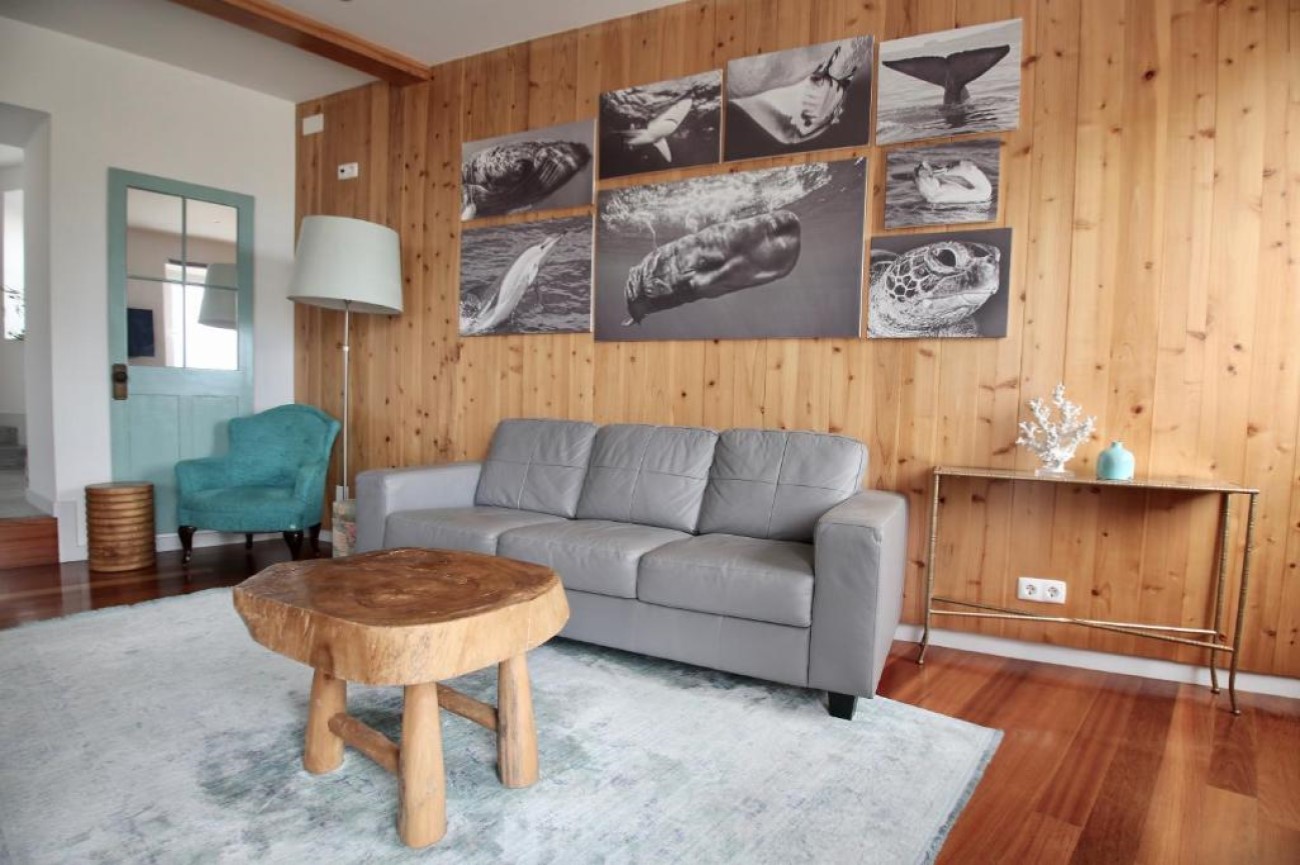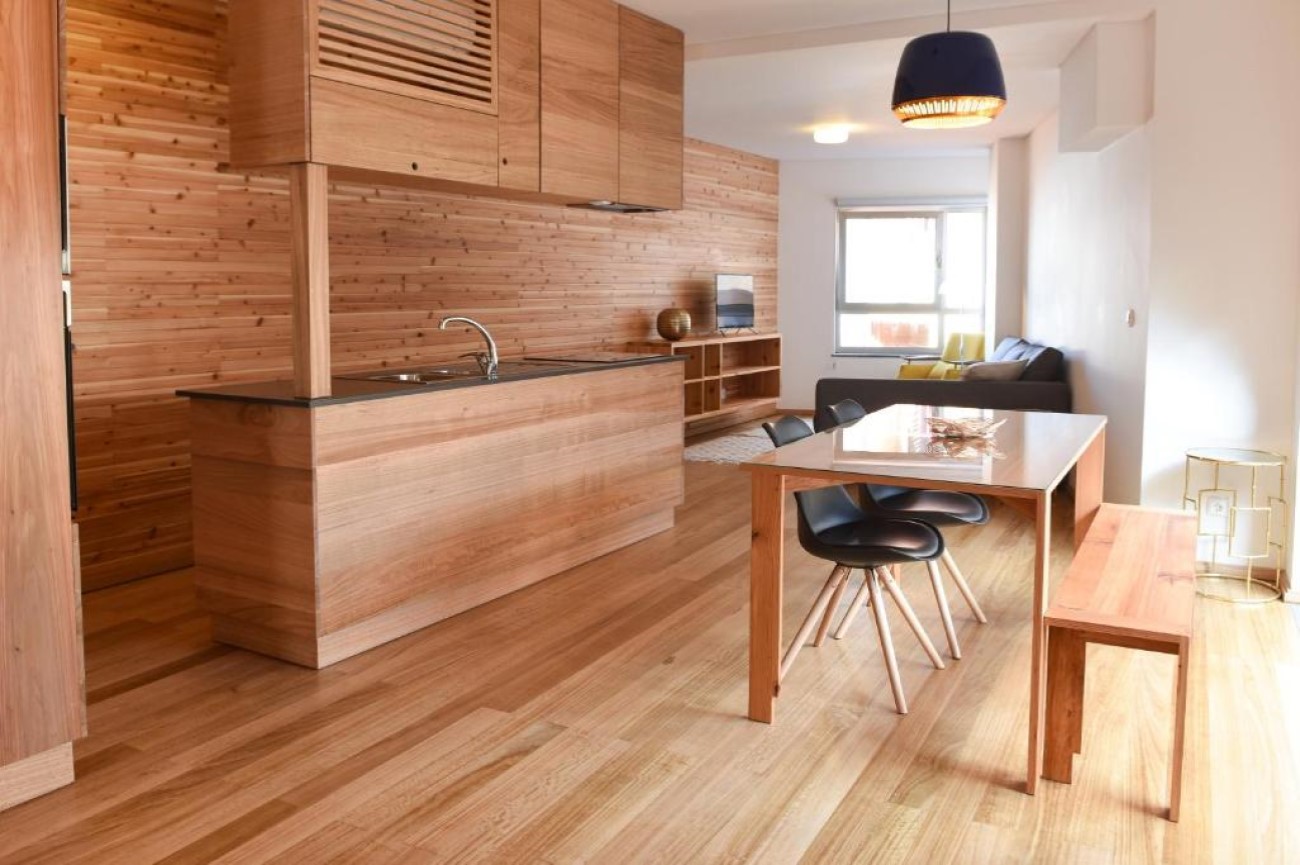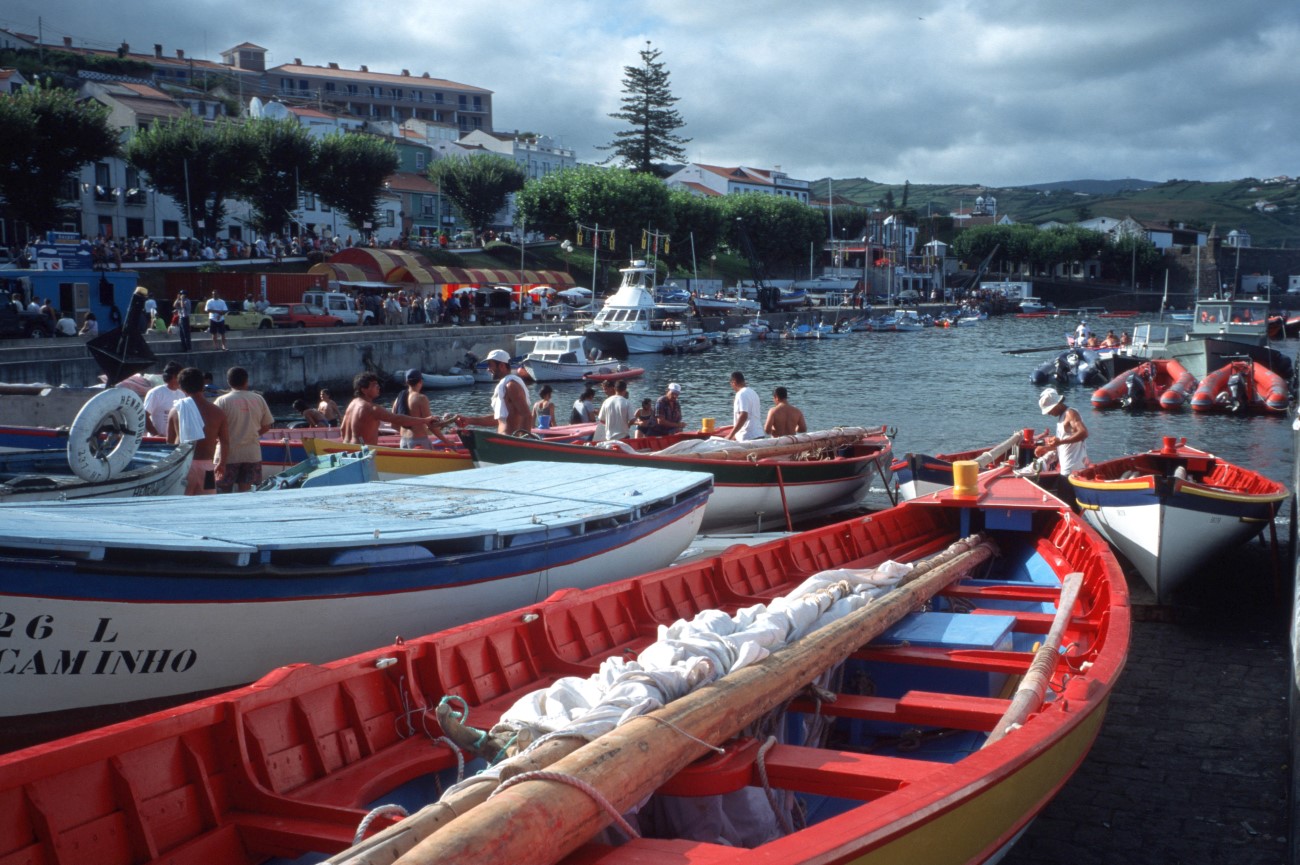Things to do In Faial Island, Azores: 3-day itinerary
Covered in luscious beech trees and masses of blue hydrangeas, the island of Faial lies in the central group of the Azorean Archipelago. Separated from the neighbouring island of Pico by just a narrow channel, Faial offers beautiful views of the other central islands and seascape.
From the barren and ashen landscape on the island’s west coast to the blooming hydrangeas framing houses and roadways, to the migrating whales coasting through the waters, Faial is an island not to miss. You can spend some time by the beach or the natural pools, visit the churches or simply enjoy the fantastic scenery from one of its viewpoints.
Our three-day itinerary will help you plan a trip to the island of Faial. It includes all the main sights, restaurants, and hotels you can enjoy.
Day 1 - Horta

Morning: Horta
The capital and economic hub of Faial, Horta offers privileged views of nearby Pico island. This is also one of the most cosmopolitan areas of the Azores, as sailors and boats from various nationalities stop in the marina.
Marina da Horta
Don’t miss the Marina da Horta, popular among yachts crossing the Atlantic. Established in the 1980s, this was the first recreational port in the Azores. Traditionally, sailors and other crew members who land here paint the walls of the marina with a design about their ship. Make sure to catch some of these works of art while exploring the area.
Whale watching
There are many options for whale-watching tours that depart from Horta. We recommend booking a tour with Norberto Driver. Trips take place between March and October, mornings and afternoons.
Forte de Santa Cruz
A few steps away from the marina is the Forte de Santa Cruz. Today the fort is home to a boutique hotel, but in the past, it was the last holdout against the Spanish takeover during the Iberian Union. It was also where King Pedro IV elevated Horta from a town into a city.
Afternoon: Igreja São Salvador
Stroll along the seaside for a few minutes, and you will reach the main church of Faial. Built in 1680, this church houses several gilded carvings, tiles, and other relics. In particular, there are very detailed and exquisite wood carvings throughout.
Museu da Horta
Be sure to drop by the museum, located on the grounds of the Jesuit college, right beside the Igreja São Salvador. Here you can learn about the history of the island, in particular its agricultural industry, as well as its role in developing the telegraph cable across the Atlantic Ocean.
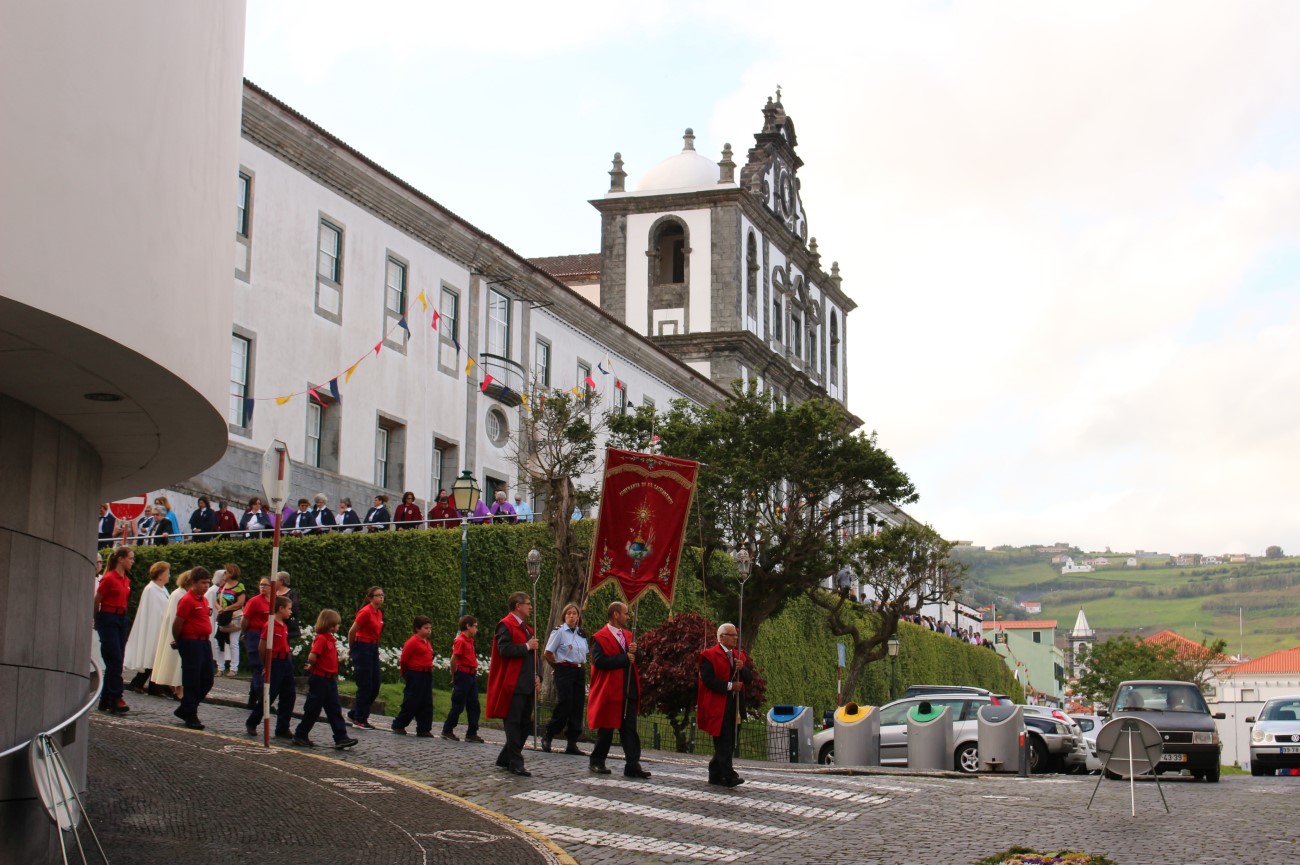 Museu da Horta, Faial, Portugal
Museu da Horta, Faial, Portugal
Peter Café Sport
A cultural and culinary institution in Horta, Peter’s is famous for hosting sailors who travel here from around the world. It’s the perfect spot for a taste of gin and to admire the views of the marina and Pico Mountain. You can also take a look at the small museum of scrimshaw art.
Praia do Porto Pim
Grab a towel and head to the southern end of town to relax at the beach. Hugging Monte de Guia on one side and the bay of Porto Pim on the other, this beach is one of the most popular in Faial. Crystal clear waters and warming sunshine make this a great family spot. Nearby, visit the Fábrica da Baleia de Porto Pim, where you can learn about the history of whaling on the island.
Monte da Guia
Our final stop for the day, Monte de Guia, is a volcanic cone easily accessible from Horta. There is a viewpoint at the top from which you can enjoy panoramic views of Horta, the bay, and Pico.
Day 1 - Faial Tour Map
Day 2 - North

Morning: Miradouro Nossa Senhora da Conceição
Start the day with views over the varied landscape of Faial. Facing the city and the beach, this viewpoint also features a tall sculpture of the Immaculate Conception, which gives it its name.
Praia do Almoxarife
A few minutes drive down the hill from the viewpoint, you will come across a long stretch of black sand. This beach is a great spot to swim or sunbathe while enjoying the views of Pico mountain across the water.
Porto do Salão
Follow along the road for a few miles until you see Porto do Salão. A ramp takes you straight to the waterfront, where you can relax in the natural pools.
Afternoon: Cedros
Around Cedros, you can spot a few red windmills. These iconic buildings add a touch of charm to the luscious green landscape, and some still preserve the milling mechanisms.
Miradouro da Ribeira das Cabras
For a different perspective of the landscape, head to the lookout at Miradouro da Ribeira das Cabras. Here you can see the Fajã da Praia do Norte, in other words, a village built on a flat piece of land formed from volcanic eruptions. If you like, you can have a picnic here while enjoying the view.
Praia da Fajã
After the lookout, it’s time to cool off at the striking Praia da Fajã. Surrounded by green hills, this black sand beach is a favourite for surfers and a great place to wind down and enjoy nature.
Vulcão dos Capelinhos
One of the spots most worth visiting on Faial is the Capelinhos Volcano Interpretation Centre. It covers the story of the Vulcão dos Capelinhos, an underwater volcano that erupted in the area in 1957. The centre occupies the ground floor of an old lighthouse. Here you can learn about the geology of Faial, the volcano, tectonic forces that have shaped the Azores, and the emigration of people to North America following the volcanic eruption.
Porto do Comprido
Near the lighthouse, by the seaside, you can visit the natural pools of Porto Comprido. These volcanic pools are made of basaltic rock and hardened lava that settled here after the eruption. Dip your toes in the water or enjoy the sunset while gazing at the vast Atlantic Ocean.
Day 2 - North Faial Tour Map
Day 3 - South

Morning: Piscinas Naturais do Varadouro
Our first port of call is the natural pools at the Fajã do Varadouro. These pools are a great place to start the day off in nature. Children can swim in the closed pools, but there are also areas open to the sea.
Queijaria O Morro
Head south on the road from the natural pools until you spot the Queijaria O Morro. Located between Ponta dos Capelinhos and the Morro de Castelo Branco, you can’t miss this cheese factory. Cheese from the Azores is known for its quality, and Faial stays true to that reputation. You can visit the factory and learn more about cheese making. Of course, you can also buy some cheese to sample or take home.
Morro de Castelo Branco
Stretch your legs for a bit and follow a short trail to admire the sea views. Formed by a volcanic eruption thousands of years ago, the landscape here is stunning. This is also an important nesting location for many seabirds, which you may spot along the way.
Afternoon: Poça da Rainha
Located on the southern coast, these pools are shaped by basaltic rocks. It's a great spot for diving and snorkelling, or just taking a peaceful dip in the ocean.
Miradouro Ponta Furada
A few miles from the natural pools is the viewpoint at Ponta Furada. The landscape here has been shaped for millennia by volcanic eruptions, and you can see the unique formations, such as an arch, that have formed over time.
Piscina Lajinha
Drive a little further down the road, and you’ll come across more arches, this time at the natural pools of Lajinha. Sea erosion here has shaped arches and caves and created natural pools that attract residents from all around the island. Enjoy a swim, or relax and admire the rocky coastline.
Jardim Botânico do Faial
The island of Faial has a rich variety of flora preserved here at the Botanical Garden. Wander through the paths admiring the rare plants of the Azores, as well as historical agricultural lands, an orchidarium, and a collection of medicinal plants.
Caldeira do Cabeço Gordo
Past the botanical garden, keep heading up the road until you reach the natural crater at the top. The Caldeira do Cabeço Gordo is one of the most well-known landscapes of the Azores, and it is how we can imagine what the island looked like centuries ago. The crater is surrounded by bright green vegetation of various hues, with only little spots of water in the centre.
Here you can start the 20km Trilho dos 10 Vulcões. However, we recommend following this trail with a guide as it takes all day to complete.
Day 3 - South Faial Tour Map
Top things to do with kids in Faial
Faial offers many natural attractions that kids will love to explore. Take some time to wander through the Parque Natural do Faial or the Jardim Botânico or capture the remains of the Vulcão dos Capelinhos. There are also several viewpoints where you can admire the stunning scenery. In summer, don’t miss a swim on the beach or the natural pools scattered across the island. To learn more about the history of the area, you should stop by the Capelinhos Volcano Interpretation Centre and the Fábrica da Baleia de Porto Pim.
Where to eat in Faial
- Aldina: Located near Cedros, this restaurant is the ideal spot to sample some seafood such as mussels or limpets. They also offer daily menu deals.
- Canto da Doca: You'll find this restaurant around the bay of Horta. It specialises in grilled dishes cooked on a hot stone such as steak or tuna.
- Pasquinha: This cosy restaurant in the council of Salão is famous for its regional delicacies. It offers stunning views of the sea and the lush landscape. Highlights include the steak and tuna.
- Atlético: Fresh fish is the star at this local restaurant in Horta. They also offer meat and vegetarian options. Reservations are highly recommended.
Where to stay in Faial
- Azores Faial Garden (4 stars): Located in the city of Horta, this hotel is not far from the beach and is an easy drive to the airport. It features views of Pico Mountain and the Atlantic Ocean. Some rooms offer balconies with ocean views. Breakfast is included, and there is a sauna, gym, outdoor pools and a bar. This hotel also has a panoramic restaurant with views over the sea and mountains.
- Hotel do Canal Horta (4 stars): On the main street in Horta is the Hotel do Canal Horta, which has a tradition of welcoming guests making their way across the Atlantic. Facilities include a sauna, hot tub, steam bath, as well as a TV room and a game room.
- Manta Ray Lodge (3 stars): The Manta Ray Lodge is a boutique hotel with only seven rooms. Each room is uniquely decorated, with inspiration drawn from the natural tones and textures of the ocean. This is a relaxed and comfortable hotel overlooking the Pico Mountain and the Atlantic Ocean. All rooms feature an en-suite bathroom. It is located within walking distance of all of Horta’s main attractions and is a 10-minute drive from the airport.
- Porto Pim Bay - Apartamentos: These apartments are only one minute away from the beach. Some apartments have a terrace or balcony with sea views and there is also access to a kitchen with an oven and a microwave. Guests can borrow kayaks and may also use the barbecue facilities.
Best time to visit Faial
The climate in Faial can be quite humid with regular rain and strong winds in winter. In some cases, you can even catch snow. Meanwhile, summer brings in warmer and sunny days. With this in mind, the best time to visit the island of Faial is in summer, between May and September. This is also when most traditional festivities take place.
Faial festivals
- Festa da Nossa Senhora das Angústias: These celebrations take place in Horta, usually in May. For a week there are spiritual and religious events, street parties, music performances, folk dances, and more.
- Festa de São João: This popular festival takes place on June 24th each year. There are musical concerts, folk dances, a parade, and families and groups of friends who take picnics and eat outdoors.
- Semana do Mar: This week-long festival in August was historically dedicated to sailors, but is now shared by locals and visitors. It features musical shows, handicraft exhibitions, a gastronomy fair, whaling boat regattas, as well as water sports events held in the bays of Horta and Porto Pim.



